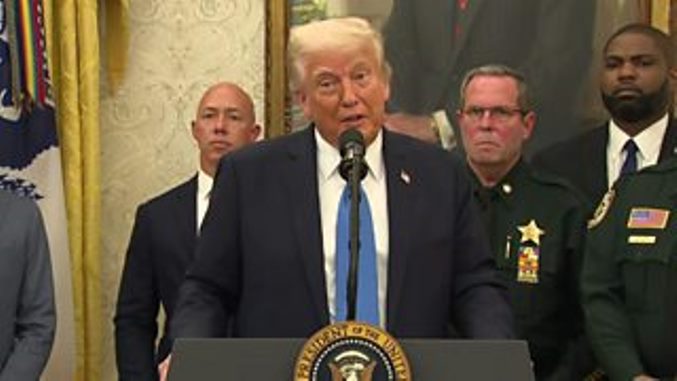The rise in the cost of borrowing comes at a difficult time for the chancellor, Jeremy Hunt as he prepares for the November 22 autumn statement.
In a clarification, Mr Hunt said that tax cuts will not be announced in November. However, his choices have been narrowed further by the increased cost of servicing the country’s debt.
The UK government’s total amount owed is called the national debt and it currently stands at about £2.59 trillion.
The UK borrows money by selling financial products called bonds which is a promise to pay money in the future. Most require the borrower to make regular interest payments over the bond’s lifetime.
UK government bonds, also known as ‘gilts’ are normally considered very safe, having little risk that the money will not be paid.
Normally, financial institutions in and outside the UK buy the gilts and these include pension funds, investment funds, banks, and insurance companies.
The Bank of England has in the past purchased hundreds of billions of pounds worth of government bonds, to support the economy. As the rate of interest on government debt goes higher, the chancellor will also have to set aside more money.
This is to the tune of £23 billion so as to meet interest payments to the owners of bonds. This also means the government will spend less on public services like healthcare and school. This is as workers in key industries demand pay rises.
The level of debt now is over double what was seen from the 1980s through to the 2008 financial crisis. But in relation to the size of the economy, today’s debt is still low compared with much of the last century.
Check Also;
- Ukraine To Receive £1bn From The UK Government
- US Government To Unveil Fresh Sanctions On Russia As G7 Summit Begins
- Biden Uses Foreign Military Financing To Bolster Taiwan’s Ability To Deter China
Please use the button below to contribute to Newslex Point, Inc. using a credit card or via PayPal.

 Newslex Point News in Uganda, Uganda news
Newslex Point News in Uganda, Uganda news












